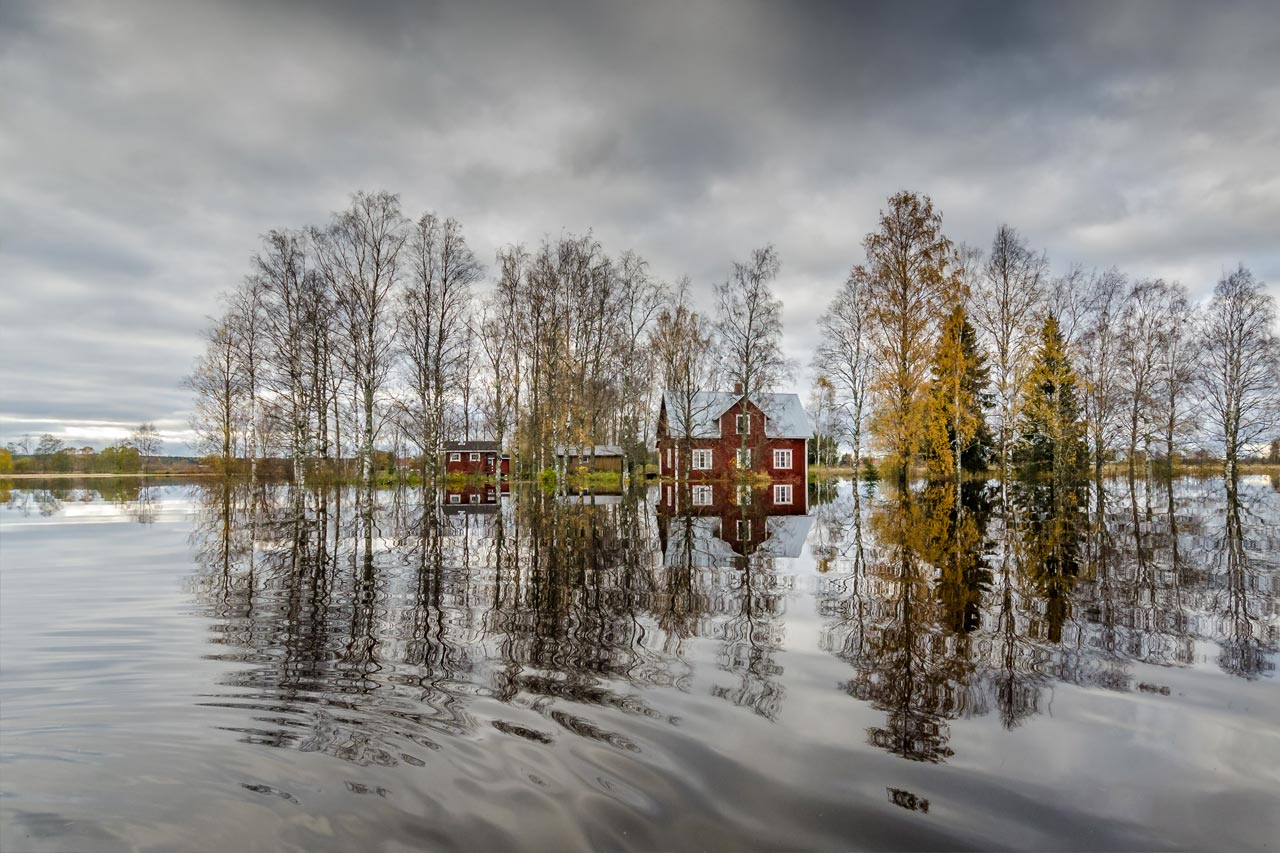Published on: 1.10.2019
Information produced by Finnish Environment Institute
Why are rivers and lakes regulated?

Water levels in lakes vary seasonally, as do flow rates in rivers. These natural cycles are altered by humans for many different reasons.
The most traditional reasons for regulating water levels in lakes and the discharge of rivers is agriculture. Floods hamper the cultivation of low-lying fields on lake shores by delaying sowing, suffocating shoots and preventing harvesting.
A flood may also surround a holiday home built close to the shore. Sometimes a scarcity of water may be a problem: the water escapes from outside the holiday home and the dock is left high and dry. Such nuisances can be mitigated by means of water level regulation.
Hydropower production remains an important reason for regulating water levels and flow rates even today, as 10% to 20% of the electricity consumption in Finland is covered by hydropower. This share varies depending on the hydrological situation and electricity demand. Hydropower is categorized as so-called load-following power: its production can be easily increased when more electricity is needed, or other production drops.
This will only work if the river or lake has reserves from which water can be conducted to the power plant. The water level close to a power plant may consequently vary greatly and rapidly. Lakes and reservoirs in the upper reaches of a river basin can be used as longer-term water reserves to even out seasonal variations in the flow rate. When regulating water levels, efforts are made to juggle the different needs.
Image: © Mauri Turunen, Vastavalo